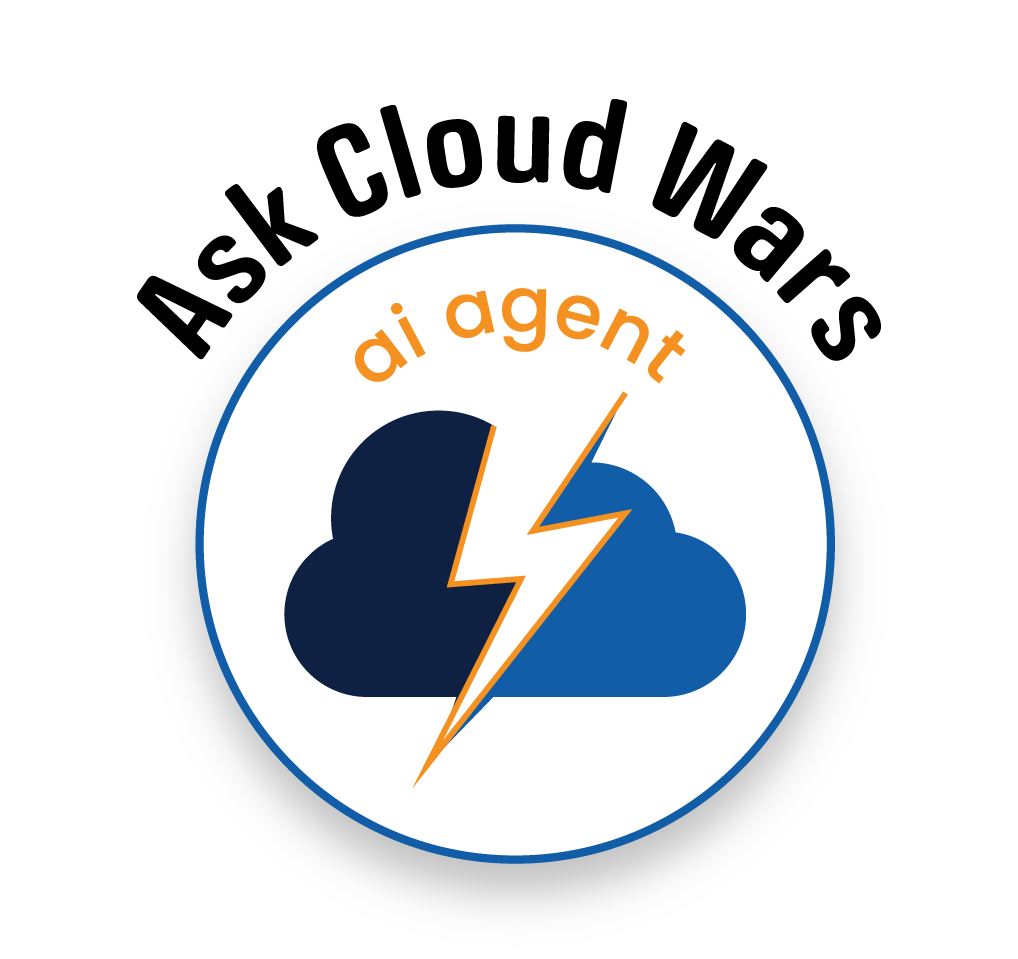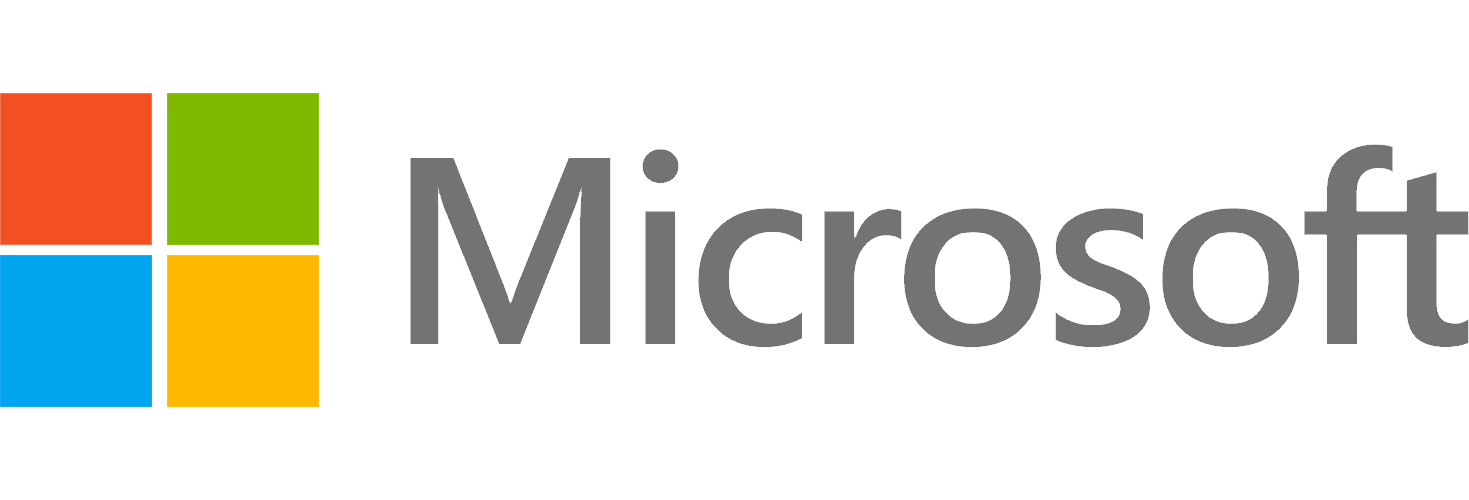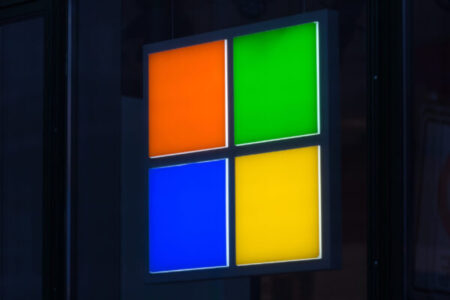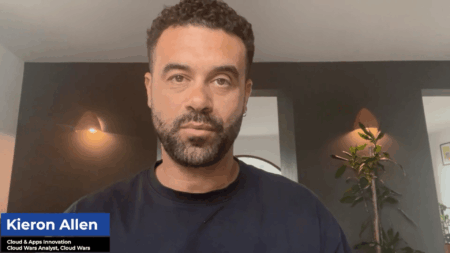
As one of its biggest backers, Microsoft is intrinsically linked with OpenAI, with many seeing the two companies as one and the same. However, Microsoft is committed to diversifying and reducing its dependence on OpenAI’s large language models (LLMs).
In October, GitHub added models from Anthropic and Google. Additionally, Microsoft’s Copilot now features both in-house and OpenAI models. Recent reports indicate that the company is focusing on integrating both internal and third-party models to enhance the capabilities of 365 Copilot.
Cost-Saving Opportunity
Cost reduction is a significant reason behind Microsoft’s decision to diversify its model options. However, there are also concerns regarding both cost and speed for enterprise customers utilizing OpenAI infrastructure. Ultimately, if Microsoft can reduce the operating costs of 365 Copilot, the goal would be to pass these savings on to consumers.
“We incorporate various models from OpenAI and Microsoft depending on the product and experience,” a company spokesperson told Reuters. The spokesperson also emphasized that OpenAI will continue to be the company’s core partner for delivering advanced models.
It is hoped that the introduction of new models, including Phi-4, Microsoft’s most recent small language model, and customized third-party models, will make 365 Copilot quicker and more efficient.
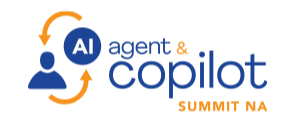
AI Agent & Copilot Summit is an AI-first event to define opportunities, impact, and outcomes with Microsoft Copilot and agents. Building on its 2025 success, the 2026 event takes place March 17-19 in San Diego. Get more details.
Complex Relationship
“I don’t think they’ll be ever again, maybe, be a two-year lead like this,” said Microsoft CEO Satya Nadella in a recent statement. “I think it’s unlikely that that type of lead could be established with some foundation model, but we have that advantage, that was the great advantage we’ve had with OpenAI.”
Although there is optimism, it’s somewhat tempered by the understanding that the relationship is complex and reliance on a single vendor will not suffice in the competition for AI supremacy. One report even suggested that Microsoft’s partnership with OpenAI had hindered Microsoft’s AI Platform team, slowing down development projects.
While there have been controversies around OpenAI, not least the damage caused, and the apparent reticence by Microsoft to get involved, around the Sam Altman firing and re-hiring debacle, Microsoft and OpenAI remain closely connected. Yet, while ChatGPT is the leading consumer GenAI platform, the breadth of enterprise use cases is beginning to outstretch the capabilities of OpenAI to function as a catch-all LLM provider.
Closing Thoughts
Today, with GenAI projects growing in complexity, breadth, and supported use cases, customizable models are becoming the favored option for businesses. In response, most of the major technology vendors are making diverse model options a standard feature of their product and platform offerings.
There was a danger that Microsoft, given its close relationship with OpenAI, could be left behind. However, we are seeing the company open up choices and options to customers. This is a smart move, and as Nadella says, especially in light of the fact that the two-year lead OpenAI had on its competitors has quickly disappeared.
Now, Microsoft is ensuring it can respond to consumer demand by giving its customers what they need: flexibility and choices, while continuing to benefit from one of the most important relationships in the technology industry.
Ask Cloud Wars AI Agent about this analysis



